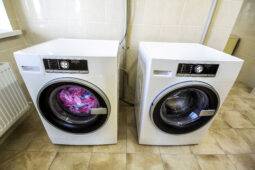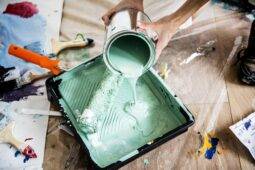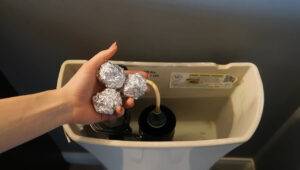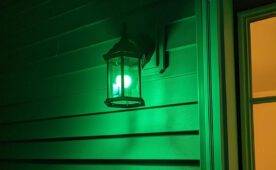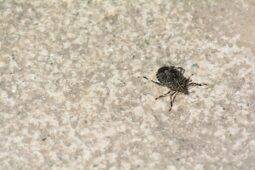Hidden Hazards in Your Home to Look Out for and How to Stay Safe
Buying a home is exciting until you realize it might come with a few unexpected (and unwanted) surprises. No, we’re not talking about that questionable wallpaper in the guest room. We’re talking about hidden hazards that could be lurking behind the walls, under the floors, or even in the air you breathe. The worst part? You wouldn’t even know they’re there until they become a serious problem. But don’t panic just yet! With a little know-how, you can spot these sneaky dangers and take steps to keep your home and your family safe. Let’s dive into the hidden risks that might be hiding in plain sight.
Outdated Electrical Wiring
Old homes have charm, but they also have wiring that may not be up to modern safety standards. Knob-and-tube wiring, aluminum wiring, or outdated breaker panels can be fire hazards, especially if overloaded with today’s electrical demands. Flickering lights, frequent breaker trips, or buzzing outlets could signal trouble.
If you’re unsure about your wiring, have an electrician check it out. Upgrading your electrical system can prevent potential disasters and might even lower your insurance costs. And while we’re at it avoid overloading outlets, and if you still have two-prong plugs in your home, it’s probably time for an update.
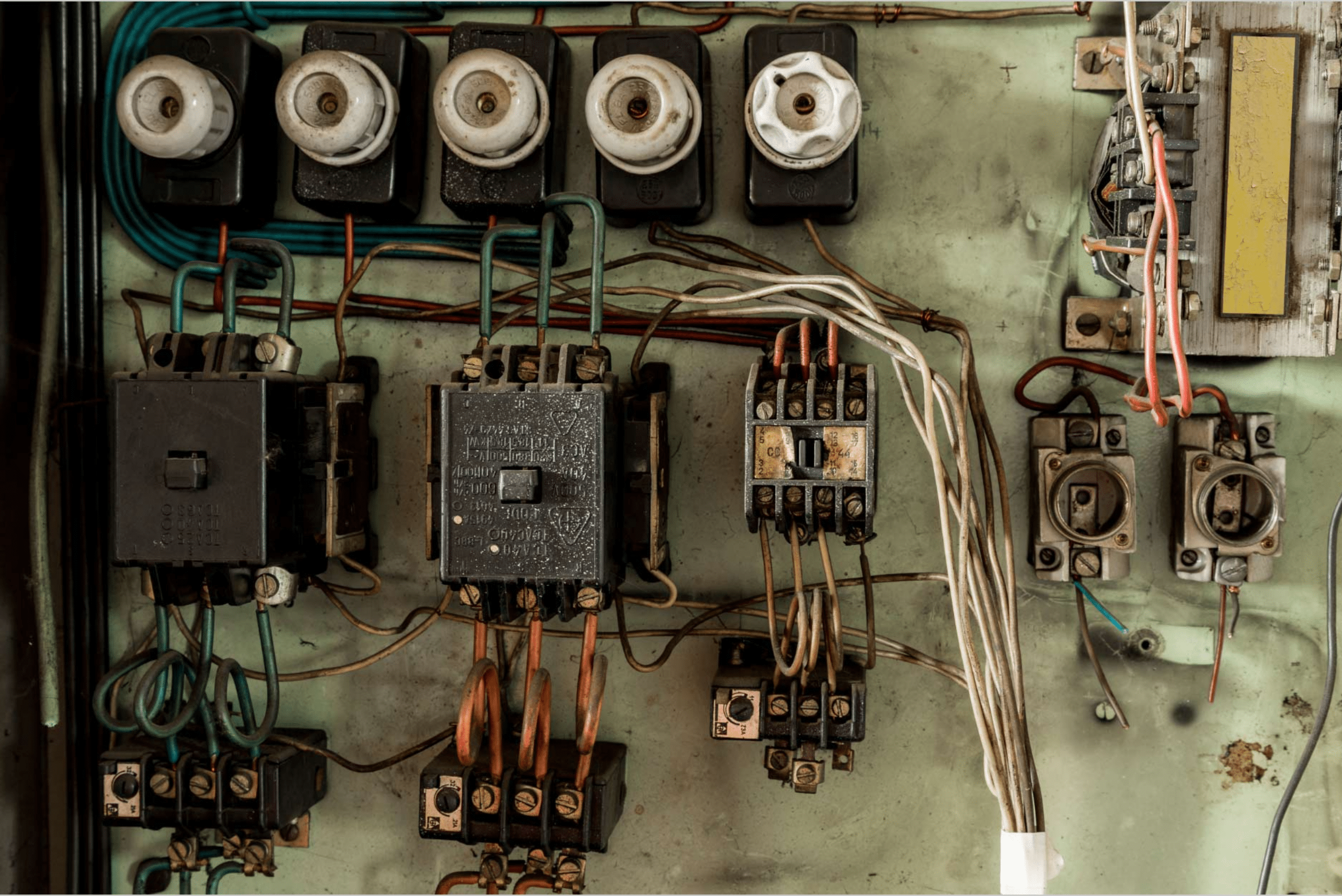
Lead Paint
Once the go-to choice for durable, vibrant walls, lead-based paint is now a notorious health hazard. Found in homes built before 1978, it can chip and create toxic dust that poses risks to children and pets. Lead exposure can lead to developmental issues and other serious health problems. If your home is older, get it tested, and if lead is present, hire professionals for safe removal.
The good news? You don’t have to strip your walls down to the studs. Encapsulation—a fancy way of saying “sealing it up”—is an option, too. A fresh coat of lead-safe paint can help, but make sure to follow proper guidelines to avoid stirring up dangerous particles.
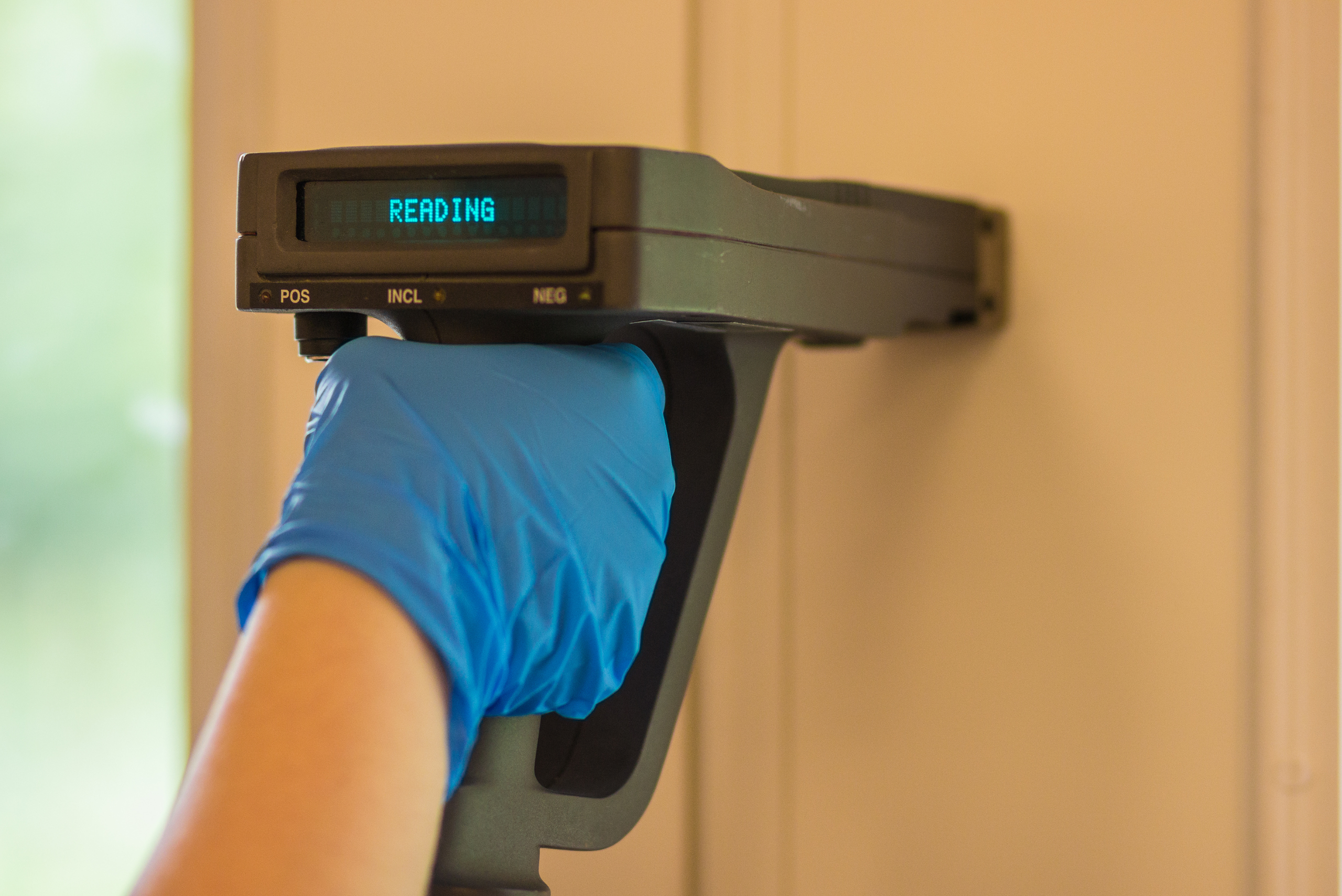
Asbestos in the Basement
Asbestos was once hailed as a miracle material for insulation, tiles, and even ceiling panels. Unfortunately, when disturbed, it releases tiny fibers that can lodge in your lungs, leading to severe health issues like lung disease and mesothelioma. If your home was built before the 1980s, there’s a chance asbestos is hiding in walls, pipes, or flooring.
Resist the urge to DIY this one, as disturbing asbestos without the right precautions can be extremely dangerous. Instead, call in professionals for an inspection. If it’s intact, leaving it undisturbed might be the safest approach, but if it’s crumbling or in bad shape, removal is the way to go.
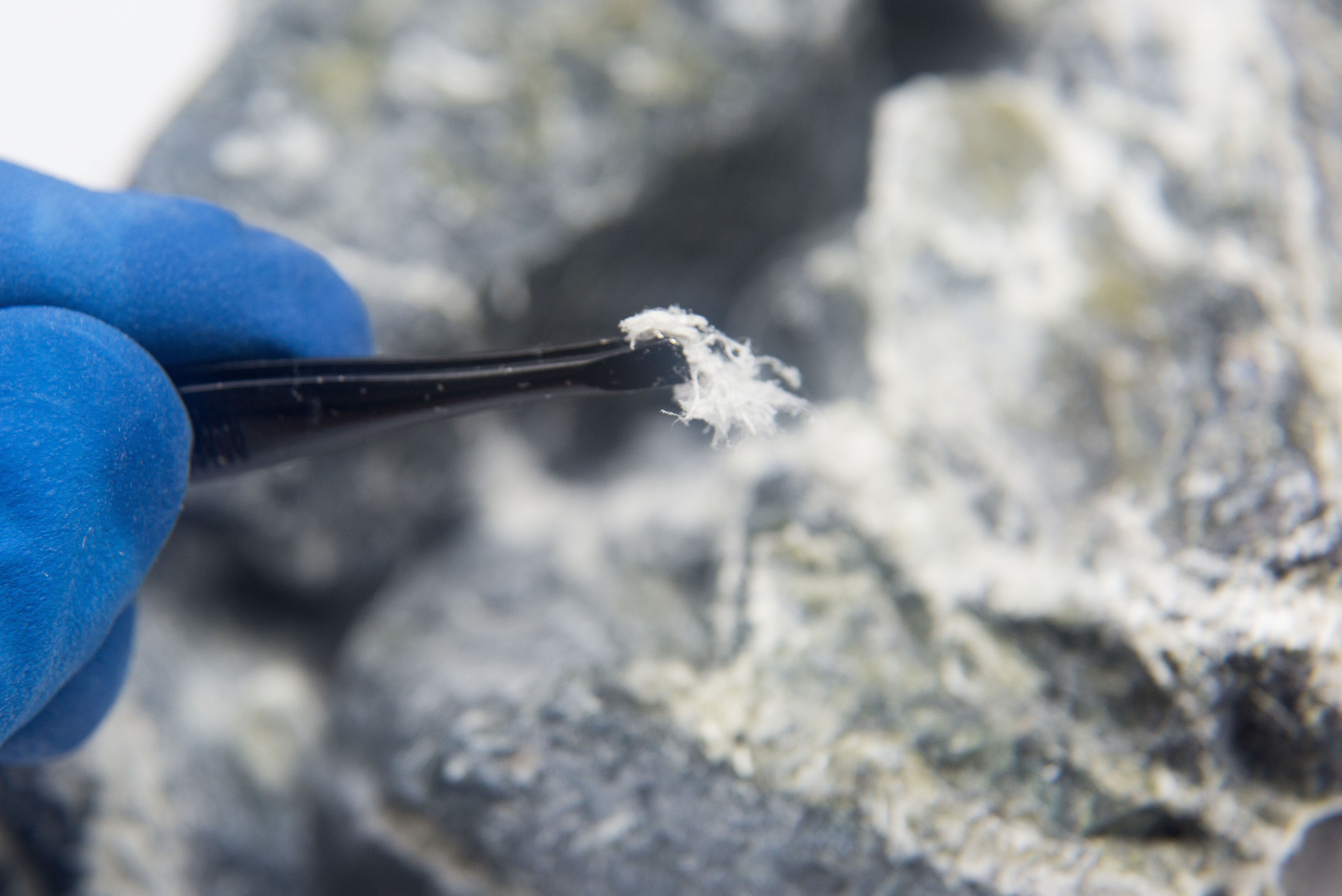
Radon Radiation
You can’t see it, smell it, or taste it, but radon gas could be creeping into your home right now. This naturally occurring radioactive gas seeps up from the ground and can accumulate in basements and lower levels. Long-term exposure is linked to lung cancer, making it a serious but often overlooked risk.
Testing for radon is simple and affordable, with at-home kits available at most hardware stores. If levels are high, a radon mitigation system, essentially a ventilation system that redirects the gas safely outside, can bring things back to safe levels. Consider testing every couple of years to ensure your home stays radon-free.

Hidden Mold
Mold isn’t just an eyesore—it’s a major health hazard that can trigger allergies, asthma, and other respiratory issues. The tricky part? It often hides in places you wouldn’t expect, like inside walls, under carpets, or behind kitchen cabinets. Leaky pipes, poor ventilation, and humidity can all contribute to hidden mold growth.
A musty smell is a telltale sign, but if you suspect mold, a professional inspection might be necessary. To keep it from taking over, fix leaks immediately, use dehumidifiers, and ensure your home is well-ventilated. And if you do find mold, don’t just wipe it away, make sure to address the moisture issue that caused it.
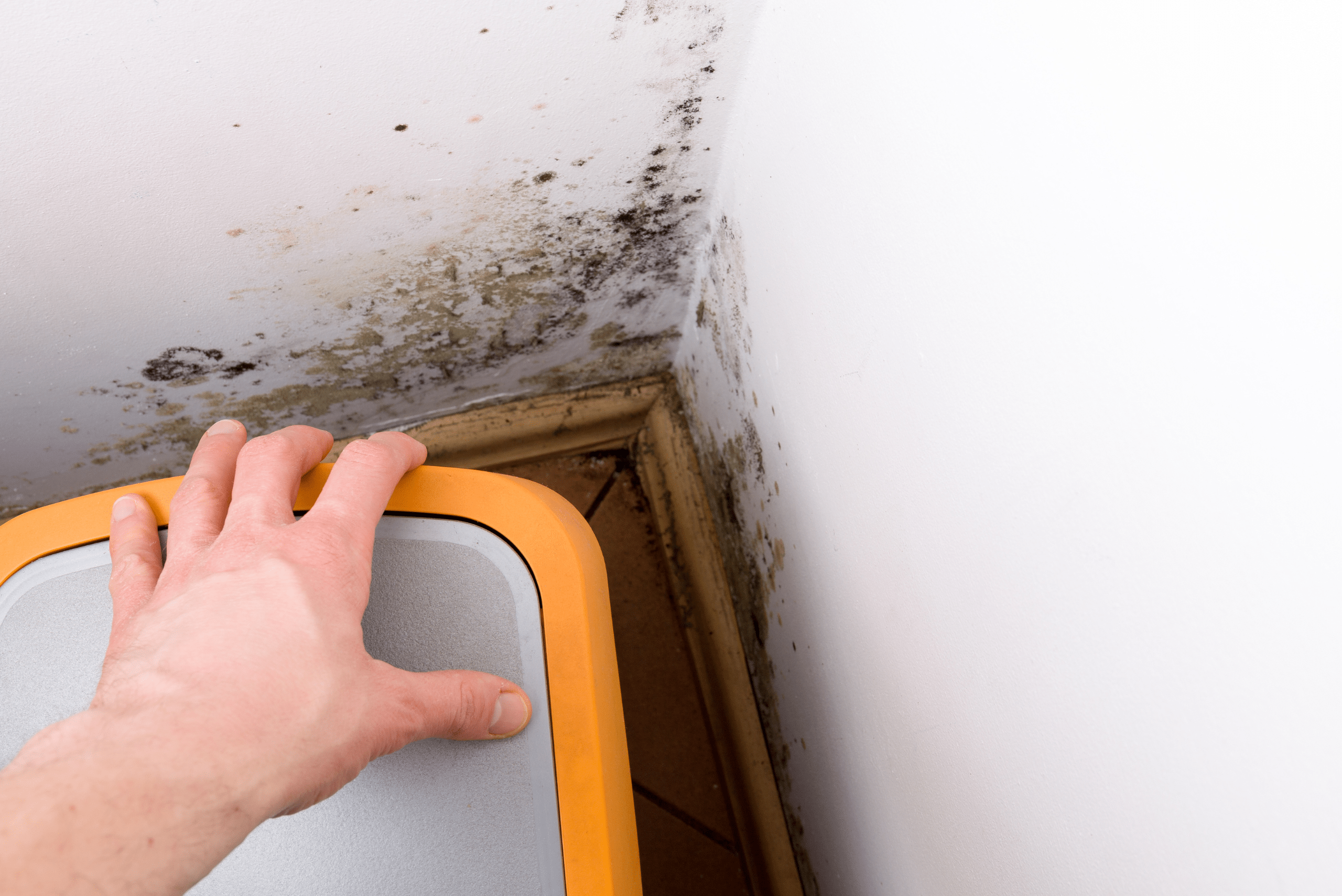
Related Articles
- Signs of When a Tree Needs Removal for Home Safety
- The Dangerous Reason Why You Shouldn’t Lean Your Head Back During a Nosebleed
- 5 Hidden Dangers Lurking in Your Basement: Are You at Risk?
Your home might have a few skeletons in its walls—figuratively speaking, of course! But with a little detective work and the right precautions, you can uncover hidden hazards and make your space safer for you and your loved ones. Regular inspections, professional testing, and proactive maintenance can go a long way in keeping your home a hazard-free haven. So, grab that radon test, check your wiring, and give your home the safety check it deserves!


